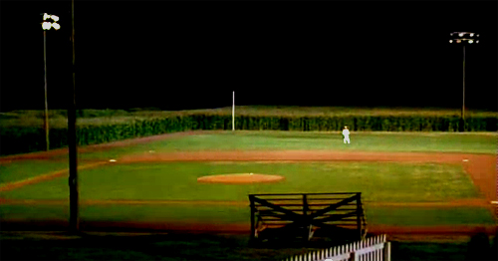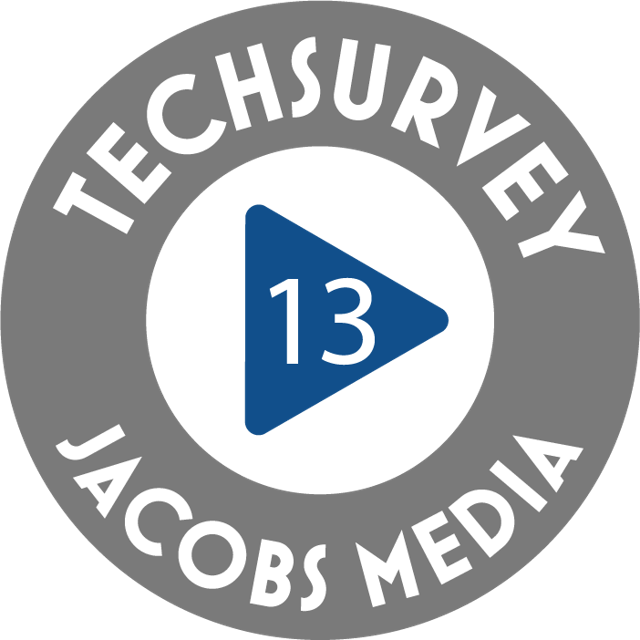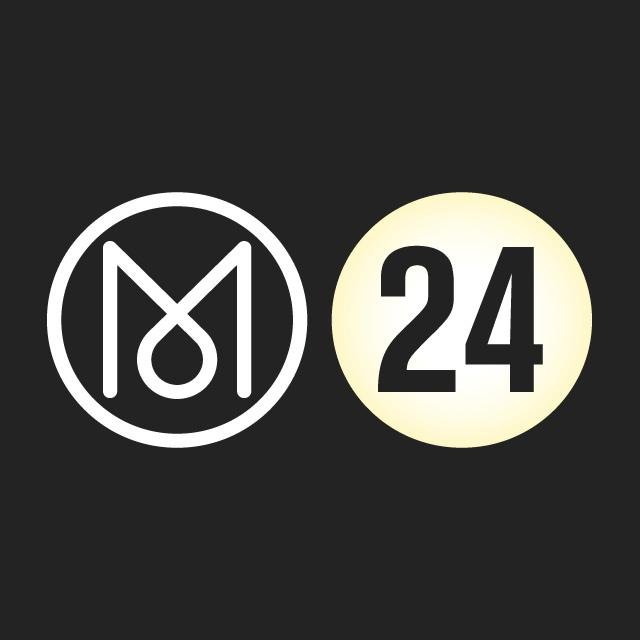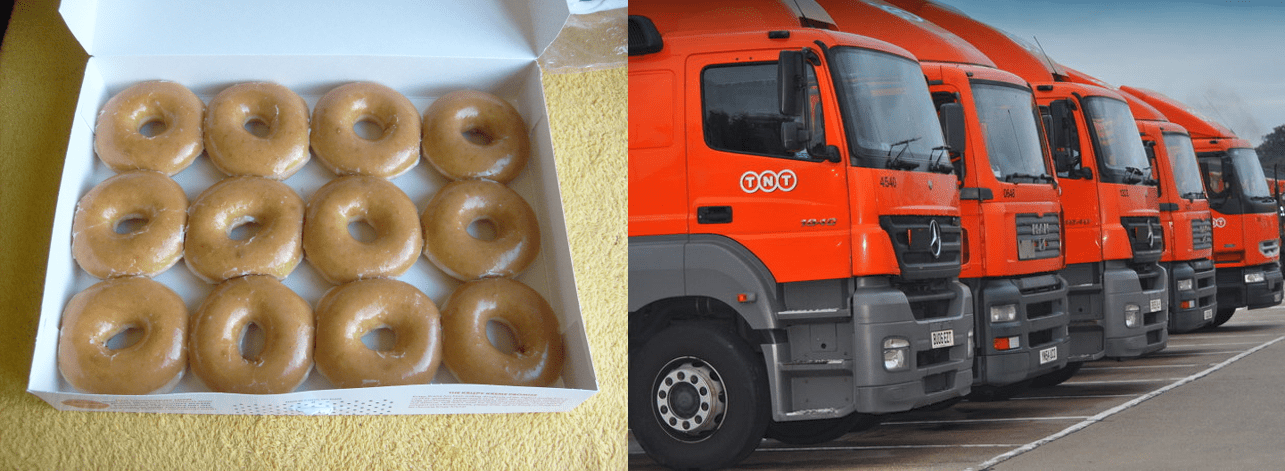 One of my favorite media and marketing quotes of all time comes from Jon Stewart, the much-missed former host of “The Daily Show.” A dozen years ago, he was asked by Wired how audiences in the future would access his political satire. Not the least bit nonplussed by the question, Stewart fired off this great line:
One of my favorite media and marketing quotes of all time comes from Jon Stewart, the much-missed former host of “The Daily Show.” A dozen years ago, he was asked by Wired how audiences in the future would access his political satire. Not the least bit nonplussed by the question, Stewart fired off this great line:
“We make the donuts. We don’t drive the trucks.”
Or translated, Stewart saw his team’s mission as simply creating great content. The responsibility for disseminating and distributing it was someone else’s problem. For decades, many radio program directors didn’t have to sweat the distribution either. It was simple – regular radios were ubiquitous – in the car, at home, and in many workplaces.
But these days, if you are a “donut maker” – or content creator – you’d better be sweating the “trucks” – or distribution outlets.
Yesterday, the Major League Baseball season began (sorry Cubbies fans) – a reminder to all of us of a new spring and eternal hope. And it takes many of us back to that powerful “Field of Dreams” charge from an apparent Supreme Being:
“if you build it, they will come.”
Content creators, media mavens, and even radio program directors have invoked this phrase to reaffirm that if we produce a great product, consumers will ultimately find it and enjoy it.
But will they?
One of the lessons from the past decade is that people are untethered – using whatever distribution outlets, platforms, and gadgets they choose. Whether that’s mobile devices, streams, podcasts, or Alexa, radio teams need to be in touch with their audiences and their preferred access points. From there, decisions about what “trucks” to focus on becomes a matter of budgetary resources and specific tactics, rather than guessing or theorizing about where your audience hangs out when they’re not listening to you on an AM or FM radio.
We’re just days away from revealing our new Techsurvey13 pyramids, with new, trended data  about social media, mobile, video, streaming, and of course, ownership of “smart speakers” – better known as Amazon Echo and Google Home. Most don’t have the financial or human resources to put chips down on every one of these sources, so knowing the hot spots is key to devising smart distribution strategies.
about social media, mobile, video, streaming, and of course, ownership of “smart speakers” – better known as Amazon Echo and Google Home. Most don’t have the financial or human resources to put chips down on every one of these sources, so knowing the hot spots is key to devising smart distribution strategies.
And in that context, here’s the challenge:
Is it possible for the average radio station to produce strong enough content on multiple outlets that consumers will enjoy it and share it?
 To that end, check out what Monocle magazine has accomplished since launching during the teeth of the Great Recession. You may not have heard of Monocle. Its target reader is at the very top of the financial food chain – someone who enjoys the very best of everything and has the resources to acquire it.
To that end, check out what Monocle magazine has accomplished since launching during the teeth of the Great Recession. You may not have heard of Monocle. Its target reader is at the very top of the financial food chain – someone who enjoys the very best of everything and has the resources to acquire it.
The UK-based magazine was founded by Canadian entrepreneur, Tyler Brûlé (left), a guy who has a great fix on who his readership is and what they want. To that end, he also is in touch with media outlets that simply don’t fit his brand. The Monocle team makes it choices – some obvious and others surprising. So, for example, they have a strong website with a paywall, but they haven’t delved into mobile, especially tablets. That’s a departure from most magazines that jumped on the tablet bandwagon early on. Brûlé describes his high-end magazine as “Anti-iPad,” and has kept Monocle away from both mobile devices and social media.
Monocle assesses each new platform with two simple question:
“Is this the right thing for us to do?”
“Is there a business plan to support it?”
So on which platforms is Monocle putting down its chips?
- Radio – Yup, Monocle has created a 24-hour radio station (and interestingly, there’s an app for
 Monocle 24, as the station is known), along with a series of podcasts. This content is especially well-produced – BBC or NPR quality – addressing areas of interest for Monocle readers. As Brûlé explained to MediaPost, “We thought about the media landscape, and (both) radio and magazines are very personal. You use your imagination, not filling in all the blanks like video does.”
Monocle 24, as the station is known), along with a series of podcasts. This content is especially well-produced – BBC or NPR quality – addressing areas of interest for Monocle readers. As Brûlé explained to MediaPost, “We thought about the media landscape, and (both) radio and magazines are very personal. You use your imagination, not filling in all the blanks like video does.” - The paywall – Monocle is not about high circulation. They know they’re a niche product, and that’s the value they deliver to advertisers – or what they call their “premium brand partners.” Again, Brûlé notes that “It’s important to create an environment for advertisers and readers with a degree of exclusivity, that it’s a paid environment…It’s not a traffic play for us, it’s a quality play for a quality audience.” He has a keen sense of what his audience will pay for.
- Merch – There’s no shortage of Monocle-themed products, but we’re not talking T-shirts and hats. MediaPost notes Monocle has put together deals with 10 designers to create expensive products as diverse as clothing, travel gear, office accessories, perfumes, and creams.
- Events – Describing Twitter and Facebook as “not our friends,” Brûlé defines Monocle’s version of social media as face-to-face meetings and experiences with his audience. This includes the chance for readers to meet editors and even advertisers in person. The concept is a simple one: “We go out in the field and meet people…it really works.”
In radio, we know the effectiveness of all these distribution strategies. But the key is that Brûlé has a strong sense on his brand, his audience, and his goals. You may not agree with every one of his distribution choices – whether to engage or to avoid – but you can’t argue with his command of Monocle‘s turf.
And it makes you wonder why so many radio operators create company-wide distribution strategies in order to achieve scale by seeking uniformity, when in fact, there are often key differences in the fabrics of stations and the audiences who listen to them. This question of “donuts and trucks” goes to the heart of the elusive digital strategies so many radio companies are actively pursuing.

Perhaps not every station should be hyper-active on social media. Maybe certain brands can more richly benefit from an aggressive mobile app program than others. Not every DJ has the writing skills and creativity to write a blog. And podcasting may not be for everyone.
The other takeaway from Monocle‘s distribution strategy is their obvious penchant for quality. Why even bother with a platform or a gadget if you cannot deliver a strong product? And yet, we often see lackluster and even mediocre efforts from stations trying to cover all the distribution bases, which often translates to failure or lack of use.
A lousy Facebook page, an app that is undependable, and podcasts that are rambling and unfocused don’t accomplish much, and they may actually siphon off valuable resources from the company.
The essence of smart, strategic distribution starts with ensuring the donuts are what consumers want and they taste good. Then deliver them to the right places.
Bon appetit.
- What Is It With Female Robot DJs? - April 30, 2025
- Why “Dance With Those Who Brung You” Should Be Radio’s Operating Philosophy In 2025 - April 29, 2025
- The Exponential Value of Nurturing Radio Superfans - April 28, 2025




A good dose of real world insight.
Very interesting, as always, Fred. I will be checking out Monocle for sure.
Question, when you say “sorry” to the Cubs fans that the baseball season is starting is that because it is so hard to repeat as World Champs and they’d better enjoy it while they can?
Or was it just a template quote you’ve been using through the years that is possibly now out of date? I mean, if there’s one team that’s hard to make fun of right now it’s the Cubs. My beloved Seattle Mariners would be a more appropriate punchline having never been to a World Series after 39 years as a franchise!
Actually, the “sorry” was for the Cubs losing their first game and the assumption they’ll repeat. Meanwhile, I’ve got enough of a punchline of my own – the Detroit Tigers – an underperforming team despite one of the biggest payrolls in the MLB. Good luck to your Mariners, Gene.
Be glad you don’t live in Padres country! Thanks for the Monocle info
Good call, Mike. Thanks for the comment.